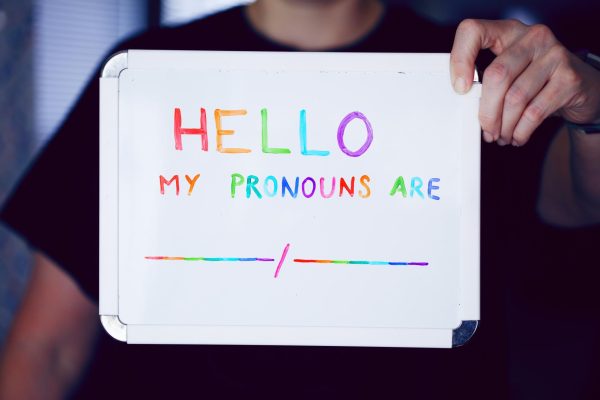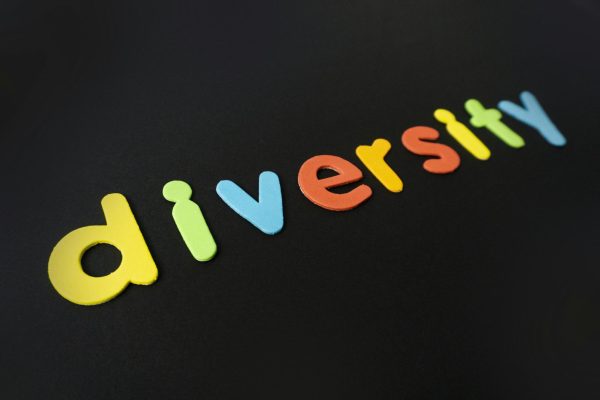Halloween Costumes NOT To Wear This Halloween (Or Any Halloween)

When thinking of costumes specifically not to wear for Halloween, a few things come to mind. First, let’s get this one over with and out of the way: do not make your costume the sexy version of anything. It’s overdone. And there is nothing covering you; how are you not cold? The answer is you are cold, don’t pretend. Clattering teeth are not sexy. Frostbite is not sexy. Sexy costumes are so 2000s, and not the good 2000s. These costumes use the bare minimum to somewhat resemble a character you are playing, to the point of it being unclear what your costume is, besides cold.
Get it? Got it? Good. Moving on.
Do not do costumes that are a culture or cultural depiction. Just don’t do it. It does not matter how “accurate” you think you are to the culture because it is not yours to wear. Honestly you probably shouldn’t even dress in a costume of a culture that is yours, because I just know someone is going to make the claim of “well I took a DNA test and it turns out I’m related to an indigenous princess, so I can dress up as an Indian Girl™ because it’s my heritage!” It really isn’t yours, sorry. A purebred husky can get results of being part Chihuahua. That doesn’t make that dog a Chihuahua.
If you are dressing up as any culture–indigenous peoples, Mexican Man With Sombrero™, Hawaiian dancer, “Gypsy,” “Belly dancer,” Sugar Skull, and so on (Google it if you have to)–you are engaging in cultural appropriation. Even if people laugh I can promise you it is not funny, and it is far from tasteful or acceptable. Don’t be that person.
There is a saying that people will wear their history on their sleeves. Different cultures have unique histories that are shown through their dress. Do not wear this history if it is not yours to carry. These cultural groups faced tragedy, and many still face discrimination and oppression today. When you dress up as a member of these cultures, your privilege remains. In your privilege, you do not and very likely cannot understand the historical significance of what you are wearing.
When you wear a costume that is supposed to represent a culture that does not belong to you, you are simultaneously normalizing it and devaluing it. Common costumes reflect trends, and if you wear a cultural costume, you are contributing to the “trendiness” of the attire, which ultimately strips it of all its cultural meaning and significance.
A POSSIBLE exception to the rule of not dressing as another culture? Characters. This exception is only acceptable if the costume is absolutely accurate to the character, and it is clear that you are dressed as that character specifically and not a generic person of the character’s culture.
For example, if you want to dress as Moana, that’s fine (as long as you aren’t wearing foundation darker than your skin tone, of course). However, it cannot be a couple’s costume with your boyfriend going as Maui for Halloween. Maui’s tattoos are part of the Polynesian identity, sacred to their culture, reserved for their chiefs.
More to this point is the exception to the exception: characters based on actual historical figures. A prime example of this exception-exception is Pocahontas. Most of the time these popular characters are whitewashed, inaccurate, or downright offensive depictions of the real people.
It is common that the lives of these very real people were that of tragedy, which is the odd but unspoken reason for their stories’ appeal. I shouldn’t have to say that it is wildly inappropriate to pretend to be them for a night.
Ultimately when deciding on a costume, consider three things: the source (i.e., is it a culture that has historically been oppressed?), the significance (i.e., are the pieces you are considering to incorporate into your costume significant or sacred to a particular culture?), and the similarity (i.e., how accurate is your costume, and how much is simply inspired by a culture?).







